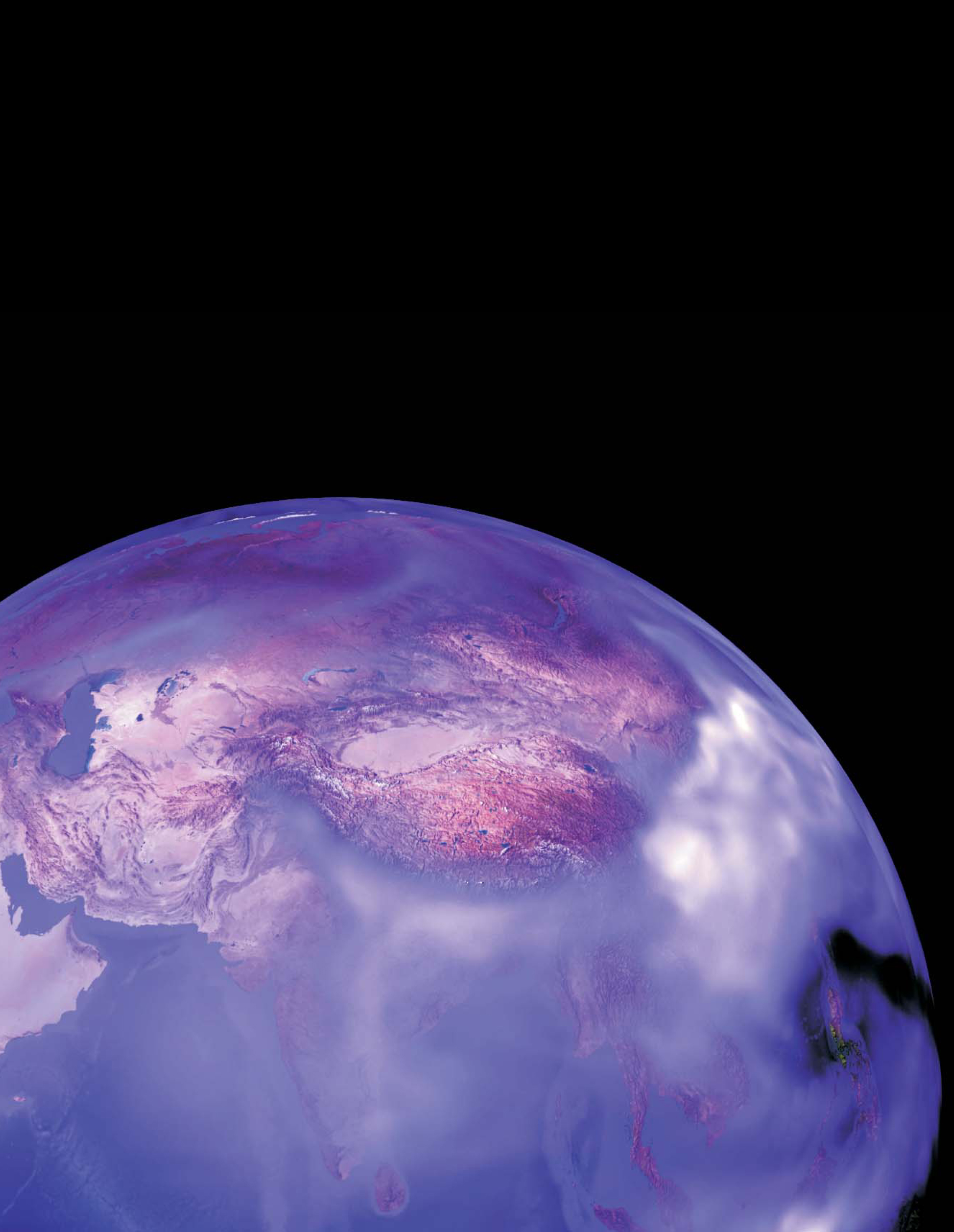Black soot and Tibetan glaciers
DOI: 10.1063/1.3326998
Glaciers on the Tibetan Plateau contain the largest ice mass outside the polar regions, yet those ice stores are at risk: Over the past decade the glaciers have been melting at an accelerating rate. Moreover, the plateau has seen its mean temperature rise twice as rapidly as the global average. Both trends suggest that in addition to warming due to greenhouse gases, some other mechanism is at work.
New studies of five Tibetan ice cores by researchers at the Chinese Academy of Sciences and the NASA Goddard Institute for Space Studies confirm black soot as the likely culprit. Formed in the incomplete combustion of carbon-based fuels, black soot is known to contribute to the warming of the lower atmosphere. Incorporated into snowfall it darkens the glaciers’ surface, which can dramatically increase the absorption of radiation and the rate of melting. The ice-core samples show a marked rise in black-soot concentrations since the 1990s. Meteorological patterns point to East and South Asia—especially the Indian subcontinent—as the primary sources of soot reaching the plateau, and the cores’ increased soot content coincides with growing industrial activity in those areas in recent years.
The image here, part of a computer simulation of black-soot transport through the atmosphere, maps the distribution of soot over Asia in September 2009. The Arabian Peninsula is on the left, Indonesia is on the lower right, and the Tibetan Plateau is near the center of the image, ringed on the south and east by white “clouds.” Those clouds indicate areas with high soot concentrations, such as coastal China and parts of India; lower concentrations are transparent purple. The simulation illustrates how the Himalayas are only partly effective in shielding the plateau from the soot-laden monsoon winds. (B. Xu et al., Proc. Natl. Acad. Sci. USA 106 , 22114, 2009 http://dx.doi.org/10.1073/pnas.0910444106
To submit candidate images for Back Scatter, visit http://www.physicstoday.org/backscatter.html

Image by Gregory Shiah, NASA Goddard Scientific Visualization Studio.





